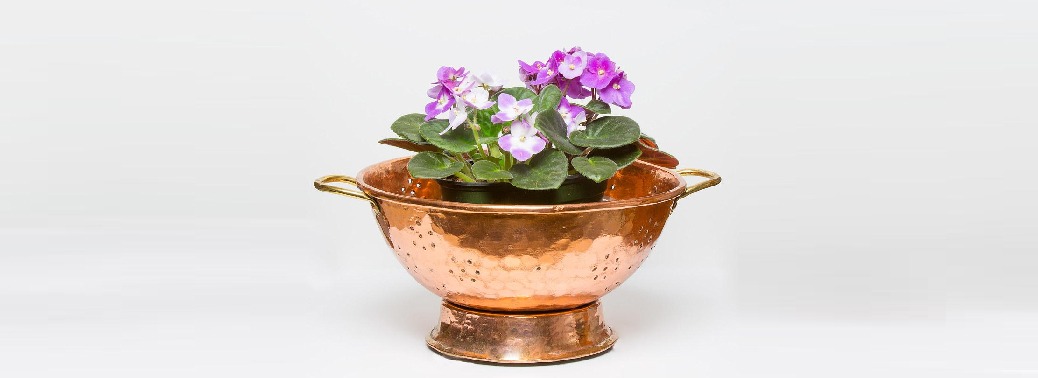A NEW TECHNIQUE TO PROTECT COPPER FROM CORROSION
11, Oct 2019

Prelims level : Science & Technology
Mains level : GS-III- Science and Technology - developments and their applications and effects in everyday life Achievements of Indians in Science & Technology; Indigenization of Technology and Developing New Technology.
Why in News?
- Researchers at Indian Institute of Technology (BHU), Varanasi, have developed a new method that promises to protect copper, which is one of the most popular commercial metals, from corrosion in a cost effective manner.
Background:
- Over the years, scientists have developed several techniques to combat the problem of corrosion of copper.
- However, they are expensive or highly complex or provide incomplete protection in acidic media. The new method promises to overcome these problems.
Floating Film Transfer Method:
- Researchers used technique called ‘floating film transfer method’ to obtain ultrathin films of an organic material, squaraine, and to transfer it over the copper articles as layers.
- The anti-corrosion activity was tested in the presence of hydrochloride using electrochemical techniques as well as surface characterization techniques.
- The tests showed that nearly 40 per cent corrosion protection is reached with just one layer of squaraine and increased up to 98 per cent with four layers.
Why Squaraine?
- There are several ways to protect copper from corrosion, but squaraine has an interesting chemical structure.It has a hydrophobic functional group at one end, a hydrophilic functional group at the other end and the two are connected to a square unit in the middle.
- This helps it dissolve in both hydrophobic and hydrophilic solvents and enables it to be drawn out in the form of thin films.
- Since metal surfaces are hydrophilic, if squaraine is coated on them, its hydrophilic end interacts with the metal surface and the hydrophobic end hangs out in air and thus repelling corrosive molecules.
The Experiment:
- For their experiment, the researchers filled a petridish with distilled water up to three-fourth of its height and the upper water surface was cleaned multiple times with small strips of lint free tissue to ensure that there was no contamination.
- One drop of squarine solution in chloroform was released over the water surface. A blue circular floating film was formed at the air-water interface within seconds.
- The film was then carefully lifted on to a copper strip and washed gently with a stream of distilled water followed by vacuum drying.
- The researchers kept depositing layer after layer and after adding every layer tested the anti-corrosion behavior of the layer.






